Best movies like A Study in Choreography for Camera
A unique, carefully handpicked, selection of the best movies like A Study in Choreography for Camera Starring Talley Beatty, and more. If you liked A Study in Choreography for Camera then you may also like: Vincent, Window Water Baby Moving, Witch's Cradle, Neighbours, Hapax Legomena I: (nostalgia) and many more popular movies featured on this list. You can further filter the list even more or get a random selection from the list of similar movies, to make your selection even easier.
Maya Deren’s shortest, two-minute A Study in Choreography for Camera seems like an exercise piece to capture a dancer’s movement on celluloid, which later on developed into her masterpieces such as Ritual in Transfigured Time and Meditation on Violence.
You may filter the list of movies on this page for a more refined, personalized selection of movies.
Still not sure what to watch click the recommend buttun below to get a movie recommendation selected from all the movies on this list
Window Water Baby Moving
On a winter's day, a woman stretches near a window then sits in a bathtub of water. She's happy. Her lover is nearby; there are close ups of her face, her pregnant belly, and his hands caressing her. She gives birth: we see the crowning of the baby's head, then the birth itself; we watch a pair of hands tie off and cut the umbilical cord. With the help of the attending hands, the mother expels the placenta. The infant, a baby girl, nurses. We return from time to time to the bath scene. By the end, dad's excited; mother and daughter rest.
Witch's Cradle
Witch’s Cradle is an unfinished Maya Deren film made in the Guggenheim Gallery during a surrealist “Art of this Century” exhibit. It was assembled long after her death by staffers within the preservation department at Anthology Film Archives.
Neighbours
In this Oscar-winning short film, Norman McLaren employs the principles normally used to put drawings or puppets into motion to animate live actors. The story is a parable about two people who come to blows over the possession of a flower.
Hapax Legomena I: (nostalgia)
Michael Snow narrates a series of Hollis Frampton's photographs (speaking as Frampton, in the first person)—as each picture catches fire on a hot plate.
Report
Bruce Conner’s most celebrated film for a reason: it takes historical moments that were replayed over and over on television—chilling repetition of Kennedy assassination coverage—and repurposes them into a meditation on how the media tries to exert authority and apply a sense of order to the anarchic. And though it may sound perverse to say so, the film is also—not incidentally—a thrill to watch. -- The A.V. Club
Ritual in Transfigured Time
A social event choreographed in the manner of a dance, illuminated by concepts drawn from Greek legend; one of filmmaker Maya Deren’s most intriguing works.
The Romance of Celluloid
Several behind the scenes aspects of the movie-making business, which results in the enjoyment the movie going public has in going to the theater, are presented. They include: the production of celluloid aka film stock, the materials used in the production of which include cotton and silver; construction crews who build sets including those to look like cities, towns and villages around the world; a visit with Jack Dawn who demonstrates the process of creating a makeup design; the screen testing process, where many an acting hopeful gets his/her start; the work of the candid camera man, the prying eyes behind the movie camera; a visit with Adrian, who designs the clothes worn by many of the stars on screen; and a visit with Herbert Stothart as he conducts his musical score for Conquest (1937). These behind the scenes looks provide the opportunity to get acquainted with the cavalcade of MGM stars and their productions that will grace the silver screen in the 1937/38 movie season.
Roundhay Garden Scene
The earliest surviving celluloid film, and believed second moving picture ever created, was shot by Louis Aimé Augustin Le Prince using the LPCCP Type-1 MkII single-lens camera. It was taken in the garden of Oakwood Grange, the Whitley family house in Roundhay, Leeds, West Riding of Yorkshire (UK), possibly on 14 October 1888. It shows Adolphe Le Prince (Le Prince's son), Mrs. Sarah Whitley (Le Prince's mother-in-law), Joseph Whitley and Miss Harriet Hartley walking around in circles, laughing to themselves and keeping within the area framed by the camera. The Roundhay Garden Scene was recorded at 12 frames per second and runs for 2.11 seconds.
The Big Shave
A young man walks into a meticulously clean and sterile bathroom and proceeds to shave away hair, then skin, in an increasingly bloody and graphic bathroom scene. Many film critics have interpreted the young man's process of self-mutilation as a metaphor for the self-destructive involvement of the United States in the Vietnam War.
The Dog
In 1972, John Wojtowicz attempted to rob a Brooklyn bank to pay for his lover’s sex-change operation. The story was the basis for the film Dog Day Afternoon. The Dog captures John, who shares his story for the first time in his own unique, offensive, hilarious and heartbreaking way. We gain a historic perspective on New York's gay liberation movement, in which Wojtowicz played an active role. In later footage, he remains a subversive force, backed by the unconditional love of his mother Terry, whose wit and charm infuse the film. How and why the bank robbery took place is recounted in gripping detail by Wojtowicz and various eyewitnesses.
Prelude: Dog Star Man
A creation myth realized in light, patterns, images superimposed, rapid cutting, and silence. A black screen, then streaks of light, then an explosion of color and squiggles and happenstance. Next, images of small circles emerge then of the Sun. Images of our Earth appear, woods, a part of a body, a nude woman perhaps giving birth. Imagery evokes movement across time. Part of the Dog Star Man series of experimental films.
Electronic Labyrinth: THX 1138 4EB
In an underground city in a dystopian future, the protagonist, whose name is "THX 1138 4EB", is shown running through passageways and enclosed spaces. It is soon discovered that THX is escaping his community. The government uses computers and cameras to track down THX and attempt to stop him; however, they fail. He escapes by breaking through a door and runs off into the sunset. The government sends their condolences to YYO 7117, THX's mate, claiming that THX has destroyed himself. Electronic Labyrinth: THX-1138 4EB is a 1967 science fiction short film written and directed by George Lucas while he attended the University of Southern California's film school.
The Fall of the House of Usher
In a decaying castle surrounded by a dank, mirrored lake live the morbidly nervous Roderick Usher and his sickly twin sister, Madeline. Their tale is told and dimly comprehended by the unnamed narrator, a boyhood friend whom Roderick has summoned. When Madeline soon dies—or seems to die—they entomb her body. On a stormy night, "cracking and ripping" sounds and a "shriek" from below convince the panicky Roderick that "We have put her living into the tomb!" The shrouded, emaciated figure of Madeline appears at the door of Roderick's book-strewn study, falls upon him, "and in her violent and now final death-agonies, bore him to the floor a corpse."
Faya Dayi
A spiritual journey into the highlands of Harar, immersed in the rituals of khat, a leaf Sufi Muslims chewed for centuries for religious meditations – and Ethiopia’s most lucrative cash crop today. A tapestry of intimate stories offers a window into the dreams of youth under a repressive regime.
Frank Film
A compilation of images co-creator Frank Mouris had collected from magazines interwoven with two narrations, one giving a mostly linear autobiography and the other stating words having to do with the images, the story the first voice is relating, or neither.
Satanic Panic
A pizza delivery girl is suddenly in for the fight of her young life when encountering a group of Satanists in need of a virgin to ritually sacrifice.
Lick the Star
A clique of school girls devise a secret plan that they code-name "Lick the Star".
Maya Lin: A Strong Clear Vision
A film about the work of the artist most famous for her monuments such as the Vietnam Memorial Wall and the Civil Rights Fountain Memorial.
Meshes of the Afternoon
A woman returning home falls asleep and has vivid dreams that may or may not be happening in reality. Through repetitive images and complete mismatching of the objective view of time and space, her dark inner desires play out on-screen.
Pilgrimage
Accompanied only by music the film alternates between shots of pilgrims near the tomb of Saint Sergei in Sergiyev Posad, Russia and pilgrims at the Basilica of Guadalupe in Mexico.
The Pleasure Garden
People quietly or campily pass the time in an overgrown garden full of statues, while a puritanical, funereal gentleman posts bills prohibiting all leisure activities.
Savage
On a summer day in the 1950s, a native girl watches the countryside go by from the backseat of a car. A woman at her kitchen table sings a lullaby in her Cree language. When the girl arrives at her destination, she undergoes a transformation that will turn the woman’s gentle voice into a howl of anger and pain.
Sexual Meditation: Room with View
Directly in the tradition of SEXUAL MEDITATION #1: Motel, this "sequel" does explore further possibilities of nudes in a room. - Canyon Cinema
Guerrilla: The Taking of Patty Hearst
A documentary on the curious American domestic terrorist group, infamous for the 1974 kidnapping of Patty Hearst.
Suffragette
Based on true events about the foot soldiers of the early feminist movement, women who were forced underground to pursue a dangerous game of cat and mouse with an increasingly brutal State.
7 Nights Of Darkness
In 2010 six reality television show contestants spent seven nights in an abandoned and haunted asylum. The show never aired but an editor for the network was able to piece together some footage. The prize for staying all seven nights was a share of one million dollars that was to be split amongst any contestants that didn't leave. No prize money was ever awarded.
Chilling Visions: 5 Senses of Fear
A horror anthology of shorts themed around the five senses.
Samadhi Part 1: Maya, the Illusion of the Self
Samadhi Part 1 (Maya the Illusion of the Self) is the first installment in a series of films exploring Samadhi. Samadhi is an ancient Sanskrit word which points toward the mystical or transcendent union that is at the root of all spirituality and self inquiry. The saints, sages and awakened beings throughout history have all learned the wisdom of self surrender.
Anti-Clock
A complex and fascinating experimental exploration of time and identity, Anti-Clock is a film of authentic, startling originality. Brilliantly mixing film and video techniques, Arden and Bond's paranoid, psychological surveillance study of a career gambler turned clairvoyant unstuck in time captures onscreen the anxieties that have infiltrated the consciousness of so many in Western society.
Legs
Three hopefuls -- Shanna Reed, Deborah Geffner and Maureen Teefy -- each wants to be a Radio City Music Hall Rockette, vying for the one open spot the hall's choreographer, Gwen Verdon (in her TV-movie debut), has to fill. Sheree North plays Geffner's ex-Rockette mother and John Heard is a magazine reporter who falls for each of the aspiring dancers. The film was shot partially at Radio City Music Hall and was given a single public showing there several nights before its television premiere.
Daybreak Express
Set to a classic Duke Ellington recording "Daybreak Express", this is a five-minute short of the soon-to-be-demolished Third Avenue elevated subway station in New York City.
Dream Screen
Shot on Super 8mm film and digital video, Dream Screen is an experimental dream film. As a woman dreams about herself dreaming, she brandishes a mirror that reflects and refracts sunlight onto alternate versions of herself who, in turn, begin to shine mirrored sunlight towards each other. The reflected sunlight summons the dreamer's selves to wake from their own nocturnal slumbers and move through a dreamscape fractured by rivers, canals as well as other surreal elements. Dream Screen pays homage to the films like Don Siegel's 1956 Invasion of the Body Snatchers, Alain Robbe-Grillet's 1963, Kenneth Anger's 1980 Lucifer Rising, and Maya Deren's 1943 Meshes of the Afternoon.

















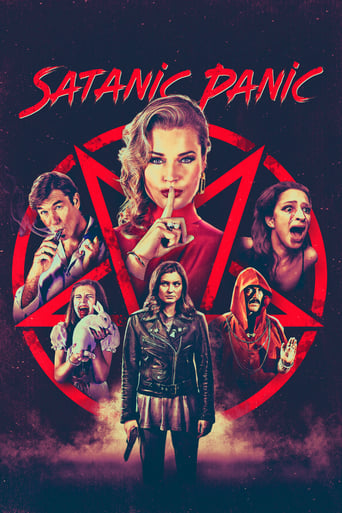









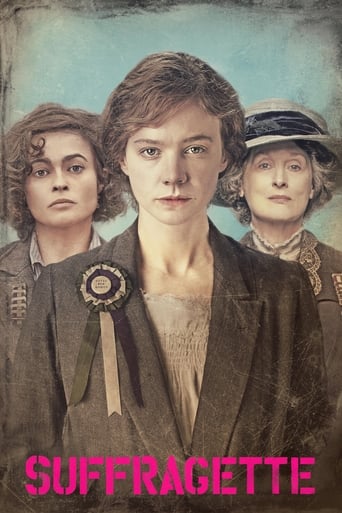

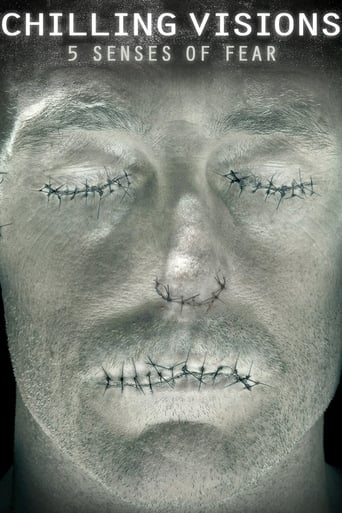





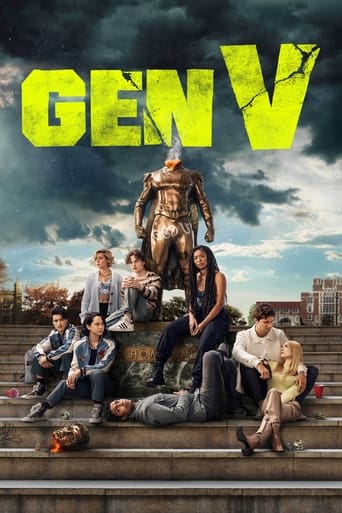
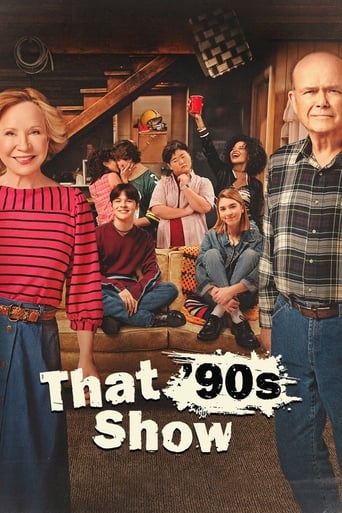
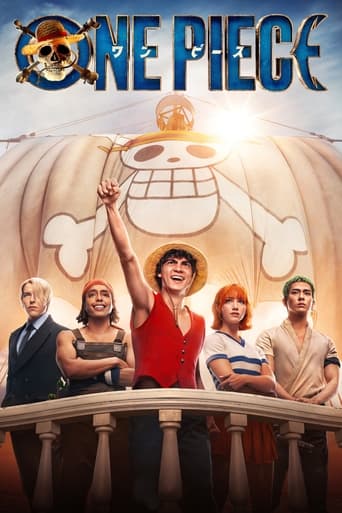
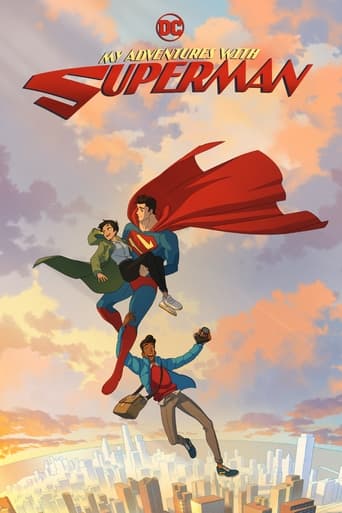
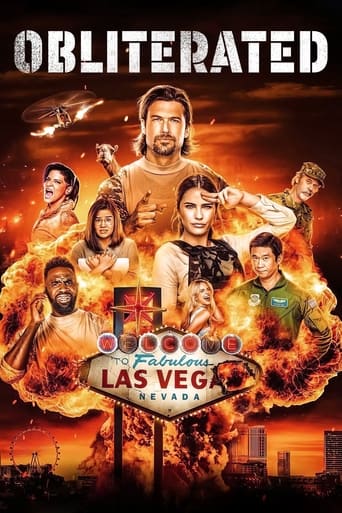
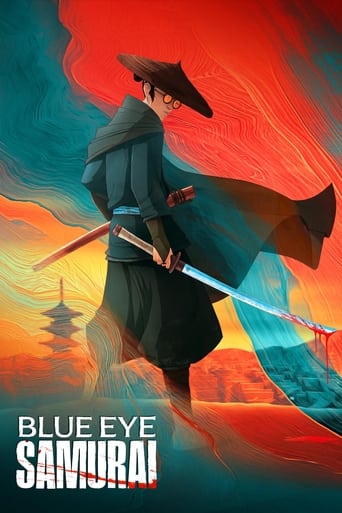

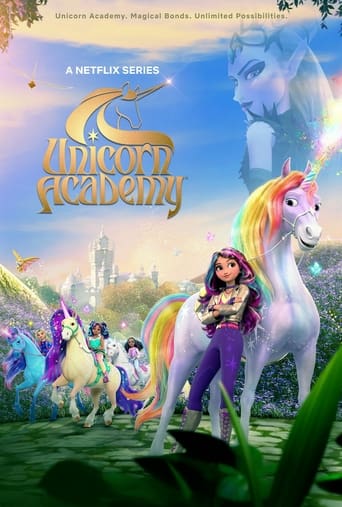



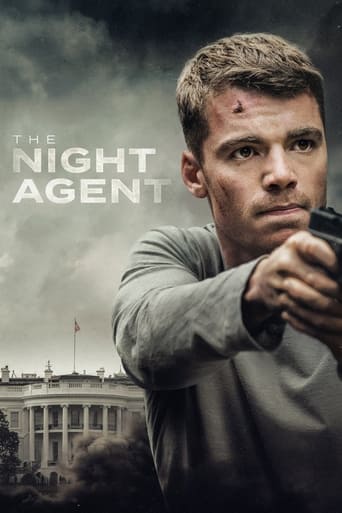
Vincent
Young Vincent Malloy dreams of being just like Vincent Price and loses himself in macabre daydreams that annoy his mother.